
Normandy Invasion, Utah Beach, June 1944. Members of the U.S. Navy 2nd Beach Battalion catch a “breather” at their new “home” on the French beach, after hot action on beachhead
Stokes enlisted into the U.S. Navy on May 6, 1942 as a Junior Grade Lieutenant. He reported to the fourth Naval district in Philadelphia for his active duty. He held labor jobs on Naval bases until July 6, 1942 when he boarded the USS BOZO; Stokes was the officer in charge of that vessel for four months. He was then assigned to head the USS YP-412 November 12, 1942. Stokes was promoted to Senior Lieutenant March 1, 1943. He arrived in his final unit, the 2nd Beach Battalion, on March 24, 1941. He acquired a long list of awards and medals throughout his service (see Remembrance for details). At the time of his death, Stokes was a Senior Lieutenant serving in the 2nd Beach Battalion as a physician. He sadly perished attempting to save the lives of wounded soldiers on Utah beach June 6, 1944. Stokes was the only physician, and 1 of 8 total, in the 2nd Beach Battalion to die on D-Day. He was interned at St. Mere Eglise Cemetery #2, St. Mere Eglise, France, Grave 96, Row 5, Plot G.
Responsibilities of a Lieutenant
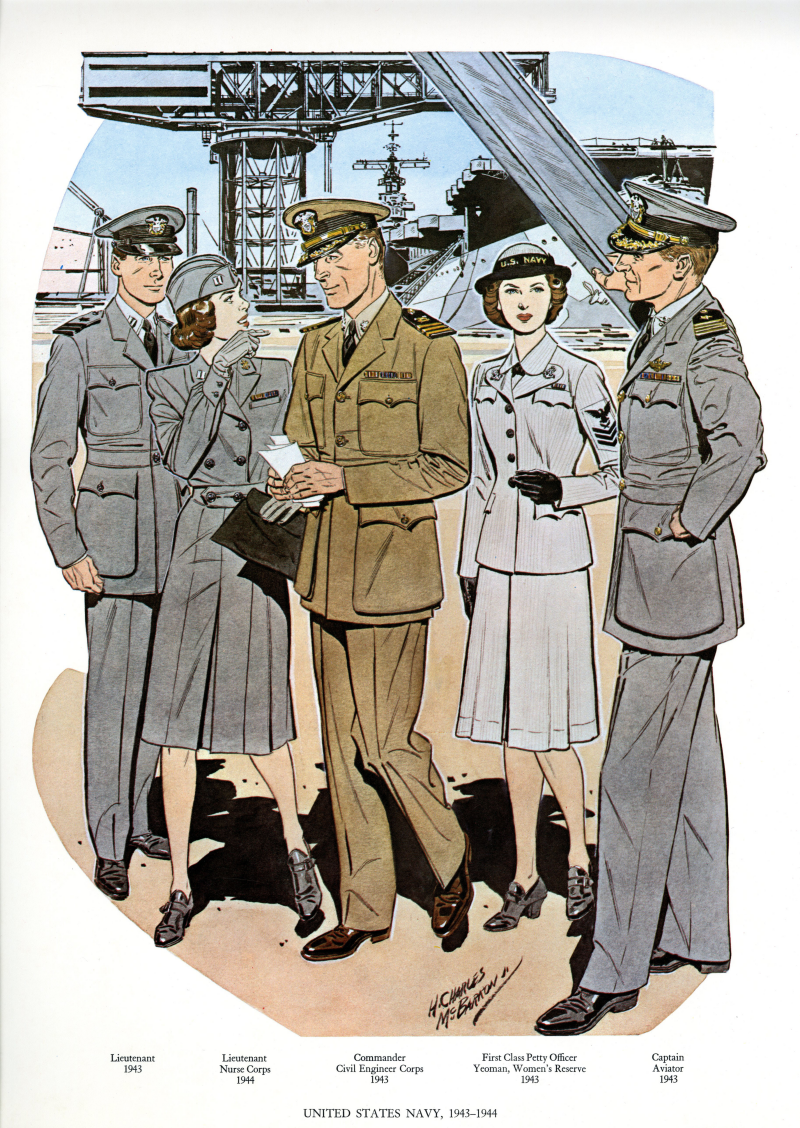
Traditionally the responsibilities of a Senior Lieutenant (seen on the far left) were to head smaller ships or to be the second in command on larger ships, behind captains (seen on the far right).
Medical Officer Equipment
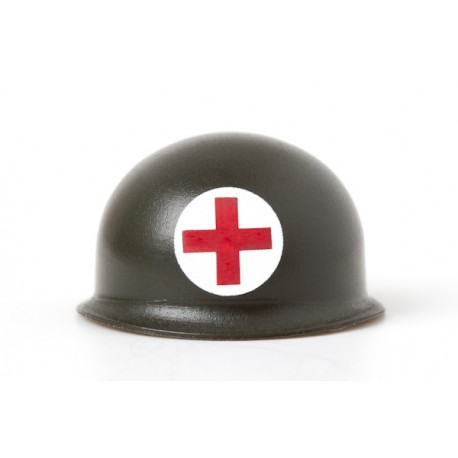

A red cross helmet and armband were an imperative piece of medical equipment in WWII. These items were intended to persuade enemies not to engage medics. The Germans usually would respect this custom, but these distinctive pieces of gear often made medical soldiers a target.
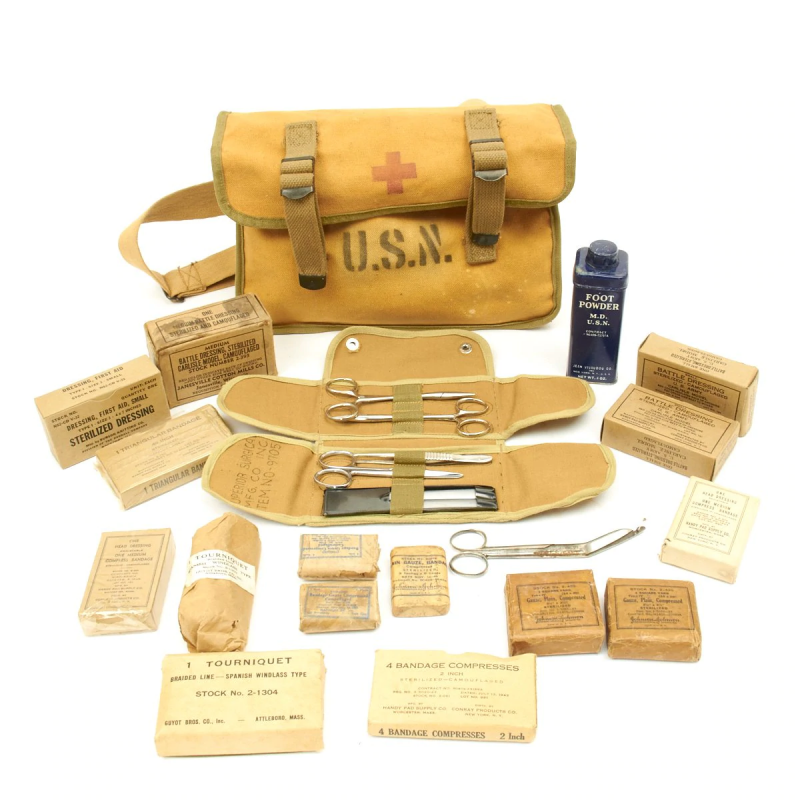
The most indispensable article of a medical soldier's equipment is their first-aid kit, their patients lived and died by the supplies they held in this case. These kits held everything from limited surgical tools, to iodine swabs, bandages, and burn injury kits.
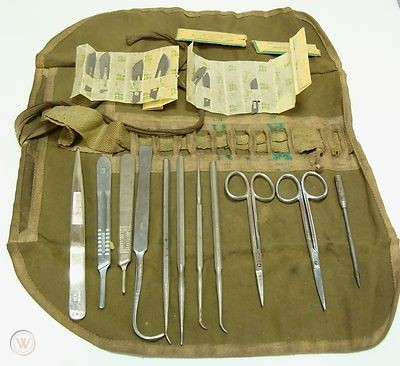
Medics in the Navy carried a surgical tool kit with them whenever they were in combat. The kit was essential for on the fly operations that may be essential for a wounded soldier's recovery.

Although a medic's first priority is saving those wounded around them, they also need forms of self protection. The most common gun carried by combat medics was the M1911A1 pistol (depicted on the left).
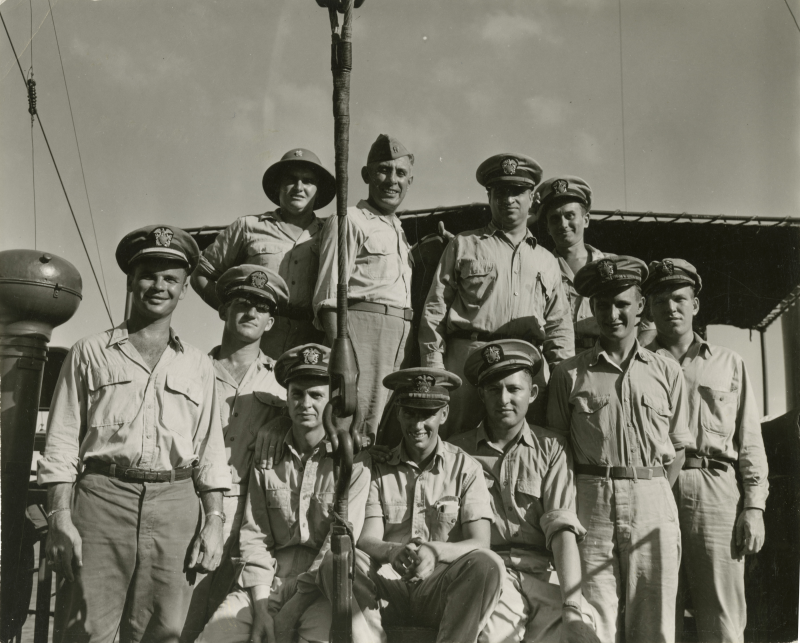
Every U.S. Navy serviceman would always have their standardized uniform while on active duty. They wore these day to day, but would wear alternative, more protective, gear while in combat.
Create Your Own Website With Webador